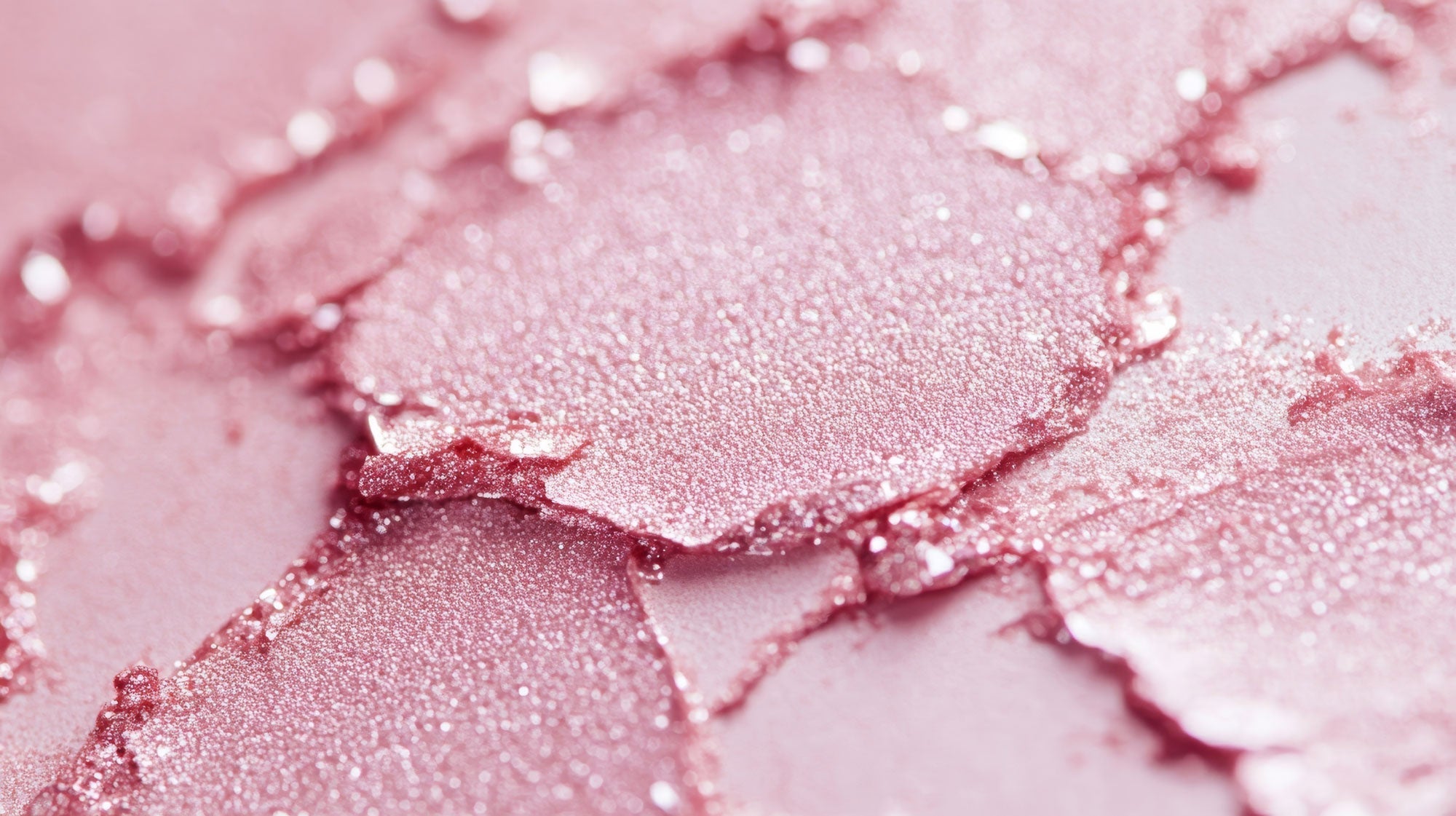In recent years, environmental concerns have driven consumers and manufacturers alike to seek sustainable alternatives to conventional materials. One approach has been to develop products that are certified as compostable. However, while compostability is a step in the right direction, it may not be enough to prevent microplastic pollution. In this article, we will explore the differences between bioassimilation and industrial composting, emphasizing the importance of products that fully bioassimilate to ensure a microplastic-free future.
Understanding Bioassimilation and Industrial Composting
Bioassimilation is the process by which materials are broken down into their fundamental building blocks, which can then be used as nourishment by living organisms such as microbes. This ensures that the product components are entirely biodegradable and do not harm the environment or disrupt ecosystems.
On the other hand, industrial composting is a large-scale, managed process that decomposes organic matter under controlled conditions, turning it into nutrient-rich compost. While industrial composting can successfully break down many materials, it may not necessarily guarantee the complete degradation of all components into their most basic building blocks.
The Microplastic Problem with Compostable Products
Compostable products are designed to break down under specific conditions found in industrial composting facilities. However, not all materials used in these products decompose completely during the composting process. This can lead to the formation of microplastics, tiny plastic particles less than 5mm in size, which can persist in the environment and potentially harm wildlife and ecosystems.
While the presence of microplastics in compostable products may be unintentional, their environmental impact cannot be ignored. Microplastics can be ingested by organisms, accumulate in the food chain, and even make their way into our own bodies. Therefore, it is crucial to ensure that products do not contribute to microplastic pollution.
Bioassimilation: The Key to a Microplastic-Free Future
To prevent the creation of microplastics, we must look beyond compostability and focus on complete bioassimilation. Products that fully bioassimilate guarantee that 100% of their components break down into fundamental building blocks, which can then be utilized by living organisms.
By choosing products that are certified for bioassimilation, consumers and manufacturers can be confident that they are not contributing to microplastic pollution. This not only benefits the environment and ecosystems but also demonstrates a commitment to sustainability and consumer safety.



Leave a comment
This site is protected by hCaptcha and the hCaptcha Privacy Policy and Terms of Service apply.